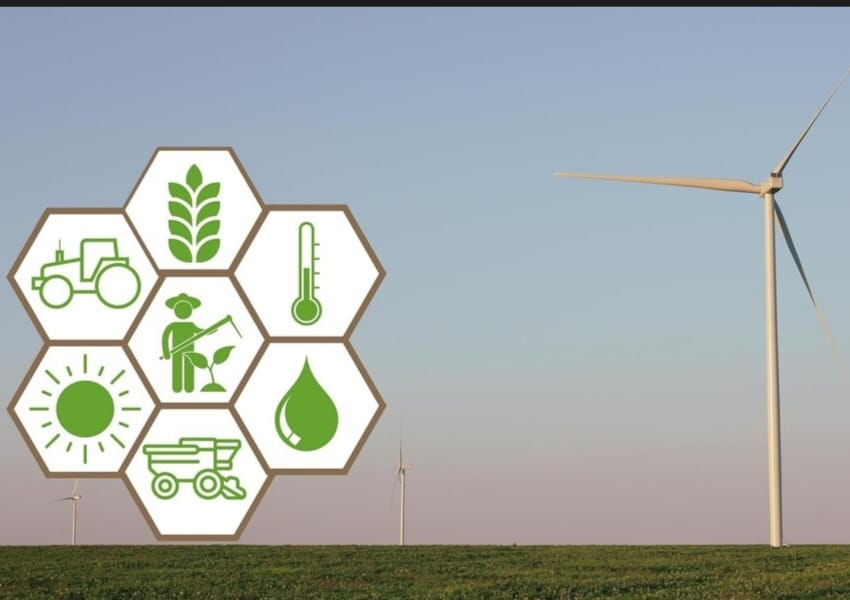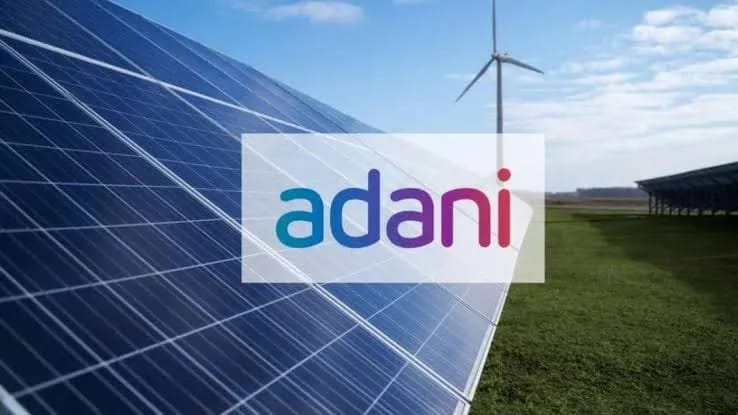The Double-Edged Sword Of India’s Green Hydrogen Revolution

A new report warns that the carbon footprint of so-called green hydrogen, particularly when produced through grid-powered electrolysis, could overshadow that of the traditional grey hydrogen extracted from fossil fuels
India’s ambitious vision for green hydrogen has hit a controversial speed bump. Despite setting an ambitious 2030 target to produce 5 million metric tonnes of green hydrogen, new findings hint that the environmental benefits might not be as clear-cut as first thought.
Recent research by Climate Risk Horizons, as revealed in their brief ‘Green Hydrogen: Promises & Pitfalls’, starkly warns that the carbon footprint of so-called green hydrogen, particularly when produced through grid-powered electrolysis, could overshadow that of the traditional grey hydrogen extracted from fossil fuels. The heart of the matter? The quality and origin of the electricity fuelling this production.
With 70 per cent of India’s electricity hailing from coal-based generation, the push for green hydrogen could inadvertently spike emissions if it draws power from the coal-dominated grid. To put it in perspective, achieving the 2030 green hydrogen target would consume about 13% of India’s current electricity generation –a whopping 250 TWh.
Experts have emphasised the pivotal role the Ministry of New and Renewable Energy (MNRE) must play. The ministry’s standards and accounting methods must be impeccable, ensuring that green hydrogen is wholly powered by renewable energy, meticulously matched to consumption every hour. Fernandes warns, “Any leniency or loophole in the rules could severely undermine the burgeoning green hydrogen market.”
Further, the report accentuates potential international repercussions for India. Producing carbon-intensive “green” hydrogen might not just mar India’s reputation on the global front but could also dent the nation’s access to pivotal export markets and erode the public’s faith in the transition to cleaner energy.
Essential measures suggested include adopting Scope 2 emissions in carbon accounting methodologies and synchronising the renewable energy facility with the green hydrogen facility on the same grid. Taking a leaf from the US’s approach, the report also advocates for the consistent pairing of electricity required for electrolysers with dedicated clean energy, ensuring it’s not drawn from existing or planned renewable resources.
In a world where the clock is ticking to halt climate change, India’s green hydrogen trajectory is a potent reminder of the intricacies and challenges of pioneering a greener future. Ensuring that this green initiative does not lead to a carbon-intensive outcome will be paramount to its success.




































































































































































































































































































































































































































































































































































































































































































































































































































































































































































































































































































































































































